Back in late May, Ford Executive Chairman Bill Ford revealed that the automaker’s under-construction BlueOval Battery Park Michigan site was facing an uncertain future that hinged on efforts to eliminate the federal EV production tax credit. That particular Ford EV plant – which has also drawn the ire of a group of local citizens – was slated to move forward regardless, and begin building lithium-iron phosphate batteries for future Ford EVs starting in 2026. Now, it seems as if Ford may receive those federal production tax credits, after all, even after a newly passed budget bill seemed destined to phase them out.
According to the Detroit Free Press, The Blue Oval has announced that its under-construction Ford EV plant is on track to qualify for the production tax credit. A previous House version of the budget bill aimed to eliminate these production tax credits for plants that used components or licensed technology from China, which seemingly put Ford at risk, given that it’s going to build LFP batteries in Michigan using technology licensed from China-based CATL. However, the final Senate-drafted version adds criteria regarding which party is in “effective control,” which in this case is indeed Ford, as it owns the site, equipment, and workers, and it won’t use Chinese raw materials.
“Ford is committed to making the best, most cost-effective batteries for the next generation of electric vehicles in the United States,” the company said in a statement. “BlueOval Battery Park Michigan is on track to qualify for the production tax credit – a win for our customers and a win for American competitiveness.”
Thus far, Ford has invested $3 billion into BlueOval Battery Park Michigan, which will employ 1,700 people and is slated to feature an annual output of 20 gigawatt hours when it begins production in 2026 – a bit scaled back compared to its original plan, a decision that was made amid softer demand for EVs. As for what vehicles will utilize the LFP batteries set to be built at the future site, one of them is expected to be the first model riding on Ford’s new low-cost EV platform, a mid-size pickup.

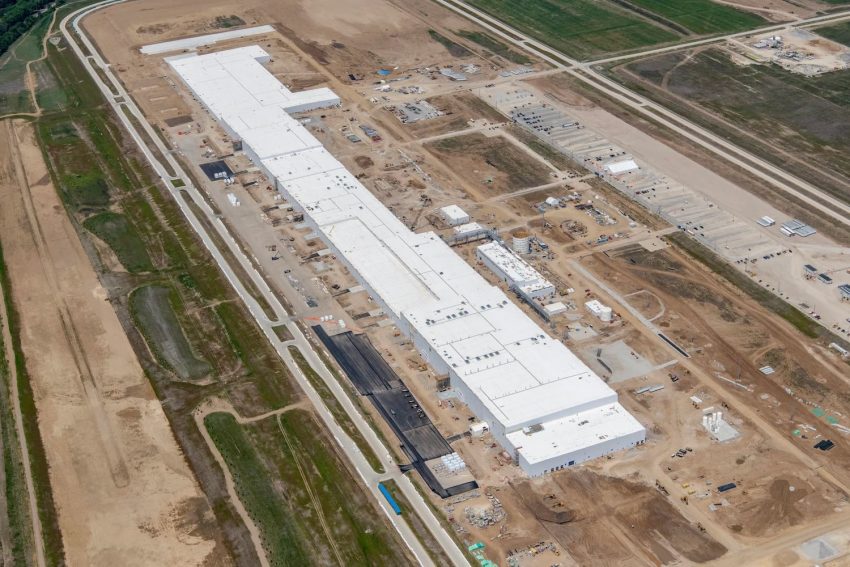
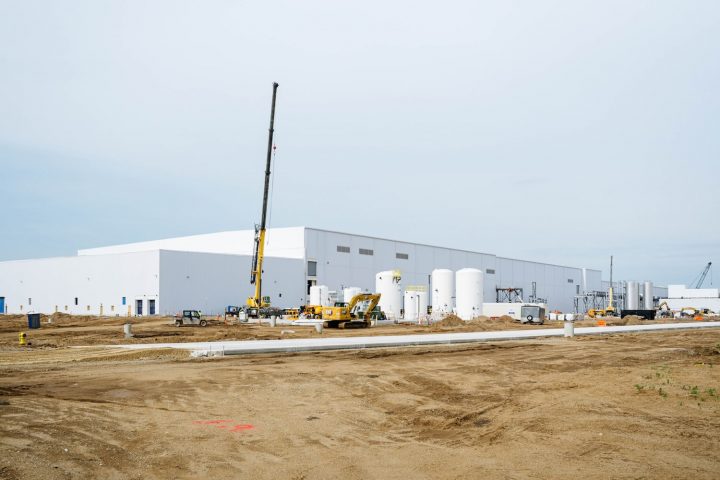
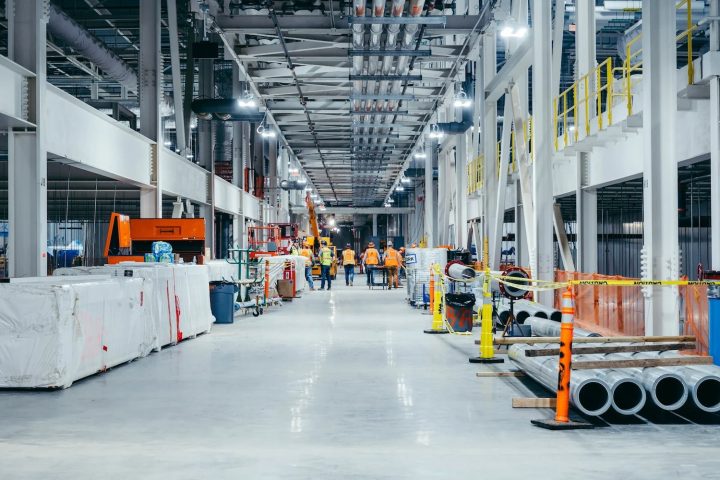
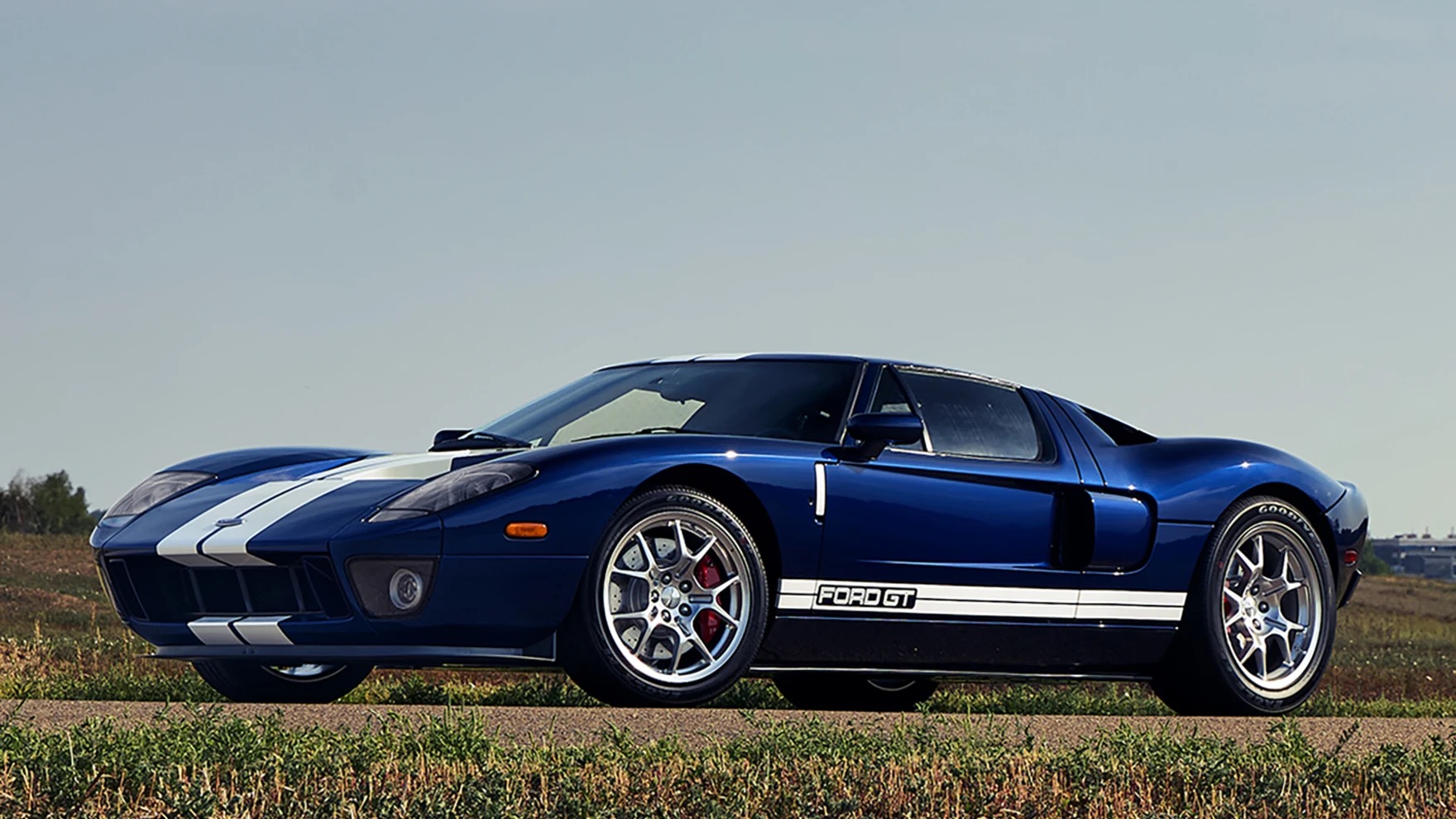

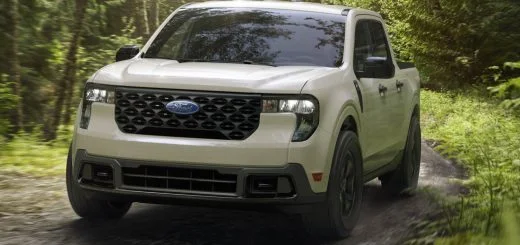
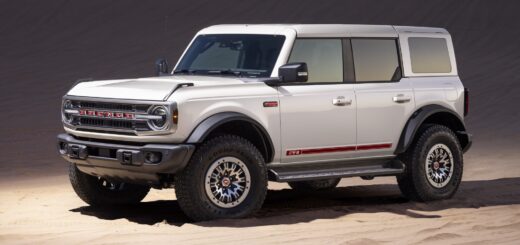
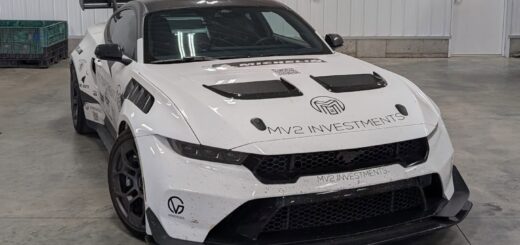
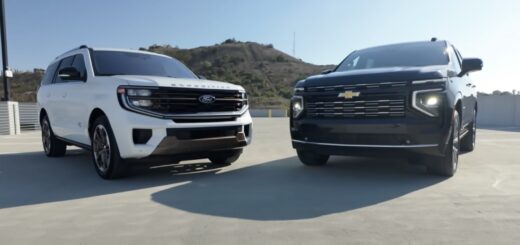
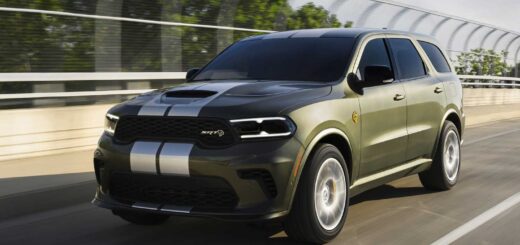

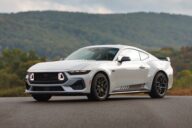

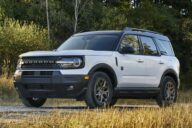
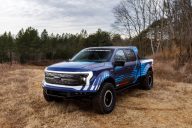
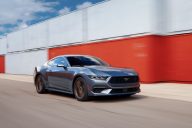
No Comments yet